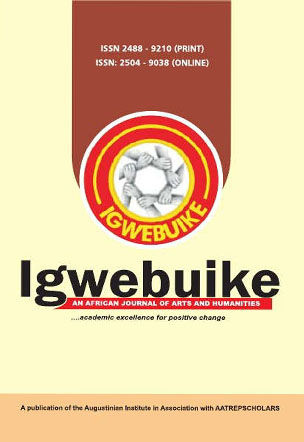
Vol. 10 No. 6, 2024
ABSTRACT
The mandate of the church is to ensure that it meets the spiritual and physical responsibility and to be sure that the Church fulfills the role of meeting the needs of all people in their local communities. This mandate if cares are not taken will be frustrated by conflict among the clergy and laity. Conflict is a common occurrence in the workplace. However, when they occur, they affect the working environment and the productivity of the organization. Since conflicts are bound to occur, organizations have to put in place some mechanisms to solve them. This study was concerned with determining the resolution and management of conflict in intra-church conflicts between the clergy and the laity. It examined the causes, types, effect of intra-church conflict in the church among the clergy and laity. Feasible resolution mechanisms were identified and adopted. The main cause of such conflicts was found to be; lack of unity and the presence of factions in the church, poor skills management on the part of the pastor, conflicting visions for the church, a church's resistance to change, power and control struggles, personality conflicts, poor interpersonal relationship skills on the part of the congregation, conflict over leadership styles, dissatisfaction with the pastor's performance and theological differences. This research discussed the conflicts that arise in every organization with regard to that of the clergy and laity, its pros and cons, and how to mitigate and manage them. Managing conflict is a key management competency of the clergy. All leaders of the church organizations especially, the priests should study and practice effective conflict management skills. This article highlighted previous discussions taken from various authors which enable us the reasons why conflict arise in church organizations, and the effects of conflicts and ways of managing organizational conflicts. This research therefore, explores the conflict resolutions between the laity and the clergy. Data was collected and generated through the use of primary and secondary sources.
